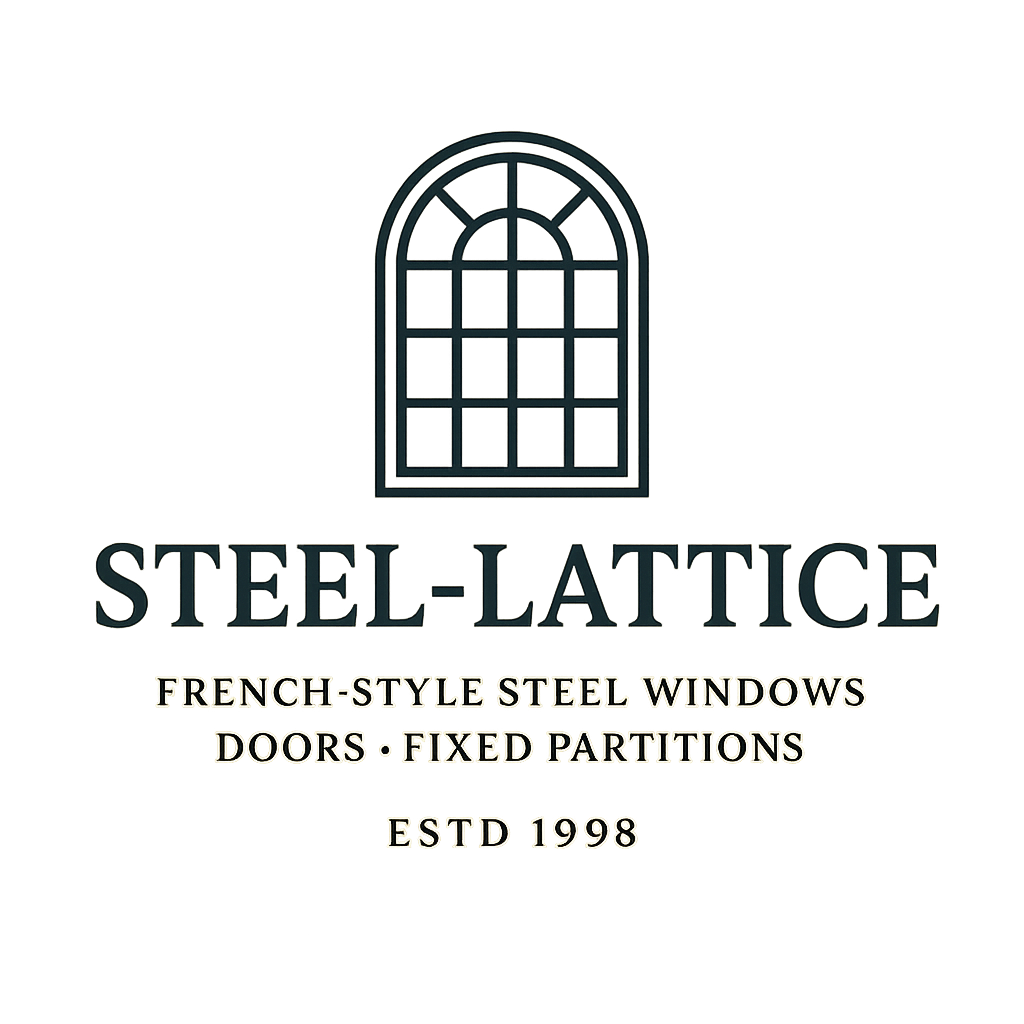
Crafting Vintage Doors and Windows
2025-05-29 14:12Unique Techniques in Traditional Manufacturing
The allure of vintage doors and windows lies in their ability to evoke nostalgia, craftsmanship, and timeless elegance. Unlike modern designs, which prioritize minimalism and efficiency, vintage styles celebrate intricate details, artisanal techniques, and materials that age gracefully. Creating these pieces requires a blend of historical knowledge, manual skill, and patience. This article delves into the unique manufacturing processes behind vintage doors and windows, exploring how traditional methods and modern adaptations come together to produce heirloom-quality fixtures.
1. Design: Drawing from Historical Inspiration
The journey begins with meticulous research into architectural eras—Victorian, Georgian, Art Deco, or Colonial—to ensure authenticity. Designers study historical blueprints, moldings, and motifs, such as floral carvings, arched transoms, or diamond-pane grilles. Sketches are hand-drawn or digitized using CAD software, balancing historical accuracy with functional requirements like insulation or structural support. For custom projects, clients may request family crests, regional patterns, or symbolic elements, which are integrated into the design.
2. Material Selection: Embracing Timeless Resources
Wood: Traditional hardwoods like oak, mahogany, and cedar are favored for their durability and grain patterns. Reclaimed timber, sourced from old barns or factories, is prized for its weathered texture and eco-friendly appeal.
Metal: Wrought iron and cast iron dominate vintage metalwork, often used for hinges, handles, and decorative grilles. These metals are chosen for their malleability and ability to develop a natural patina over time.
Glass: Antique-style glass, such as seeded (with bubbles), frosted, or stained glass, replicates imperfections seen in pre-20th-century manufacturing. For stained glass, artisans hand-cut colored glass pieces and assemble them using lead came or copper foil techniques.
3. Woodworking: Hand-Carving and Joinery
Vintage wooden doors and windows rely on time-intensive woodworking techniques:
Hand-Carving: Artisans use chisels, gouges, and mallets to sculpt intricate details like rosettes, acanthus leaves, or fluting. This process can take days, depending on the complexity.
Mortise-and-Tenon Joinery: Instead of nails or screws, wooden components are connected using this ancient method. Mortises (holes) and tenons (protrusions) are carved to interlock tightly, ensuring longevity.
Panel Construction: Raised or recessed panels are shaped to fit into grooves within the frame, allowing wood to expand and contract with humidity without warping.
4. Metalwork: Forging and Finishing
Metal elements in vintage designs are crafted through labor-intensive forging:
Wrought Iron Grilles: Blacksmiths heat iron rods in a forge, hammering them into scrolls, fleur-de-lis, or geometric patterns. Each piece is individually shaped, resulting in slight variations that enhance the “handmade” character.
Cast Iron Hardware: Molten iron is poured into sand molds to create ornate handles, knockers, or hinge plates. After cooling, the pieces are filed smooth and polished.
Patina Development: To mimic aged metal, artisans apply chemical solutions (like vinegar or ferric nitrate) or heat treatments to induce rust-like oxidation. Clear wax or lacquer is then added to stabilize the finish.
5. Glasswork: Stained Glass and Glazing
Stained glass windows are a hallmark of Gothic, Tudor, and Arts and Crafts styles. Their production involves:
Glass Cutting: Sheets of colored glass are scored and broken into shapes using hand tools.
Leading: Pieces are fitted into H-shaped lead channels, soldered at the joints, and sealed with putty.
Painting and Firing: For detailed scenes, glass painters use enamel paints to add shading or fine lines. The glass is then kiln-fired at 600°C to fuse the paint permanently.
For simpler designs, textured glass (e.g., ribbed or frosted) is set into wood or metal frames using traditional glazing putty.
6. Assembly: Combining Components with Precision
Each element—wooden frames, metal hardware, and glass panels—is assembled by hand. Wooden frames are glued and clamped, while metal brackets or hinges are riveted or screwed into place. For double-hung windows, weights and pulleys may be installed within the frame to replicate historical operation mechanisms.
7. Surface Treatment: Distressing and Finishing
To achieve an aged appearance, artisans employ techniques like:
Hand-Distressing: Sanding edges, denting surfaces with chains, or wormholing with awls to mimic decades of wear.
Staining and Glazing: Multiple layers of stain (e.g., walnut or ebony) are applied, followed by glaze to accentuate grooves. A final coat of linseed oil or beeswax protects the wood while enhancing its luster.
Gilding: Gold or silver leaf is applied to carvings for a luxurious, Baroque-inspired finish.
8. Quality Control: Ensuring Durability and Authenticity
Before installation, each piece undergoes rigorous testing:
Weather Resistance: Wood is treated with borate to repel insects, while metal components are galvanized or powder-coated to prevent corrosion.
Operational Smoothness: Hinges, latches, and sliding mechanisms are adjusted for seamless function.
Aesthetic Review: Craftsmen inspect for consistency in distressing, patina, and alignment with historical references.
